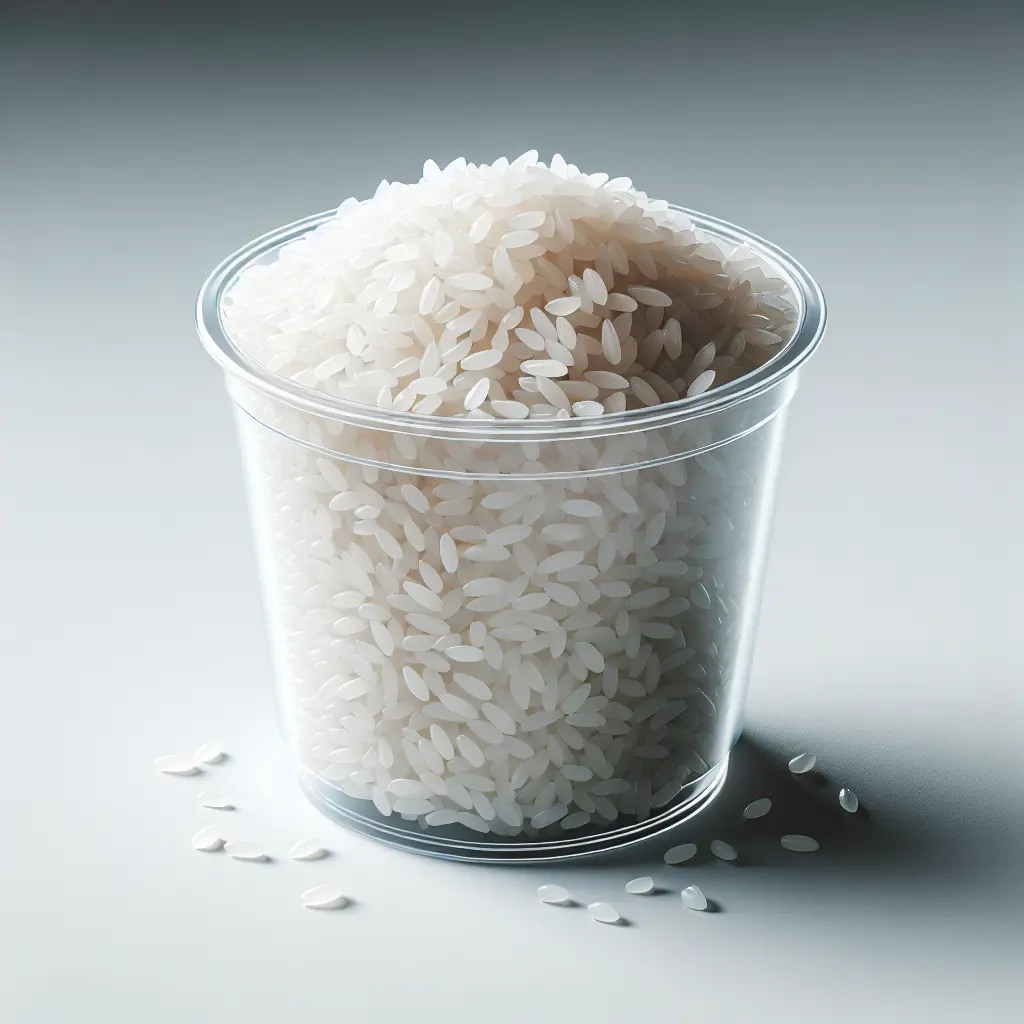Sushi Rice: The Heart of Japanese Cuisine
Sushi rice, also known as shari, is the foundation of sushi and a culinary staple in Japanese cuisine. It is specially prepared sticky rice that serves as the bed for various sushi fillings, including raw fish, seafood, and vegetables. Unlike regular rice, sushi rice undergoes a specific process involving washing, seasoning, and cooling, resulting in a distinct flavor and texture that complement the delicate toppings.
Characteristics of Sushi Rice
- Sticky Texture: Sushi rice is known for its stickiness, which is achieved through the gelatinization of starch during cooking. This stickiness allows the rice grains to hold together, creating a compact and cohesive base for sushi rolls and nigiri.
- Mild Flavor: Sushi rice has a mild and slightly sweet flavor, providing a subtle backdrop for the bold flavors of sushi fillings. The addition of vinegar, sugar, and salt during seasoning enhances its taste without overpowering the delicate toppings.
- Short Grain: Sushi rice is typically a short-grain variety, characterized by its plump and round shape. Short-grain rice absorbs more water during cooking, resulting in a tender and moist texture.
- High Starch Content: Sushi rice has a higher starch content compared to other types of rice. This starch content contributes to its stickiness and allows it to absorb the vinegar and sugar marinade effectively.
Nutritional Value of Sushi Rice
Per half-cup serving, sushi rice provides:
- Calories: 119
- Protein: 1.8 grams
- Fat: 1 gram
- Carbohydrates: 25 grams
- Fiber: 0 grams
- Sugar: 3.1 grams
While sushi rice is a good source of carbohydrates for energy, it is important to note that it is also relatively high in sugar content due to the addition of vinegar and sugar during seasoning.
Culinary Significance of Sushi Rice
Sushi rice is not just a simple ingredient but holds cultural and culinary significance in Japanese cuisine. It is considered an art form, with skilled sushi chefs dedicating years to perfecting the techniques of rice preparation. Sushi rice is also a versatile ingredient, extending beyond sushi to enhance other dishes such as onigiri (rice balls), chirashi bowl (scattered sushi), and temaki (hand rolls).
How to Prepare Sushi Rice
Preparing sushi rice requires attention to detail and patience. Here are the steps:
- Wash the Rice: Rinse the sushi rice thoroughly under cold water until the water runs clear. This removes excess starch and impurities.
- Cook the Rice: Add the rinsed rice to a pot with water in a 1:1 ratio. Bring to a boil, then reduce heat to low, cover, and simmer for 18-20 minutes, or until all the water has been absorbed.
- Season the Rice: In a separate bowl, combine rice vinegar, sugar, and salt. Once the rice is cooked, spread it out on a large surface and pour the vinegar mixture over it. Use a wooden spoon or rice paddle to gently fold and mix the rice, ensuring it absorbs the seasoning evenly.
- Cool the Rice: Allow the sushi rice to cool to room temperature before using it. This process helps the rice grains to firm up and become more manageable for shaping.
With its unique characteristics, nutritional value, and culinary significance, sushi rice is a testament to the precision and artistry of Japanese cuisine. Whether you're a sushi enthusiast looking to elevate your homemade creations or simply curious about this culinary staple, exploring the world of sushi rice will undoubtedly be a rewarding experience.
How many calories are in Sushi Rice?
Each 0.5 cup of Sushi Rice contains 119 calories.
Sushi Rice Nutritional Information
| Nutrient | Amount per 0.5 cup (87g) |
|---|---|
| Calories | 119 Calories |
| Protein | 1.8g |
| Fat | 1g |
| Saturated Fat | 0.1g |
| Cholesterol | 0mg |
| Carbohydrates | 25g |
| Dietary Fiber | 0g |
| Sugar | 3.1g |
| Sodium | 0.145mg |
| Potassium | 0.0198mg |
| Calcium | 0.0013mg |
| Iron | 0.0002mg |
